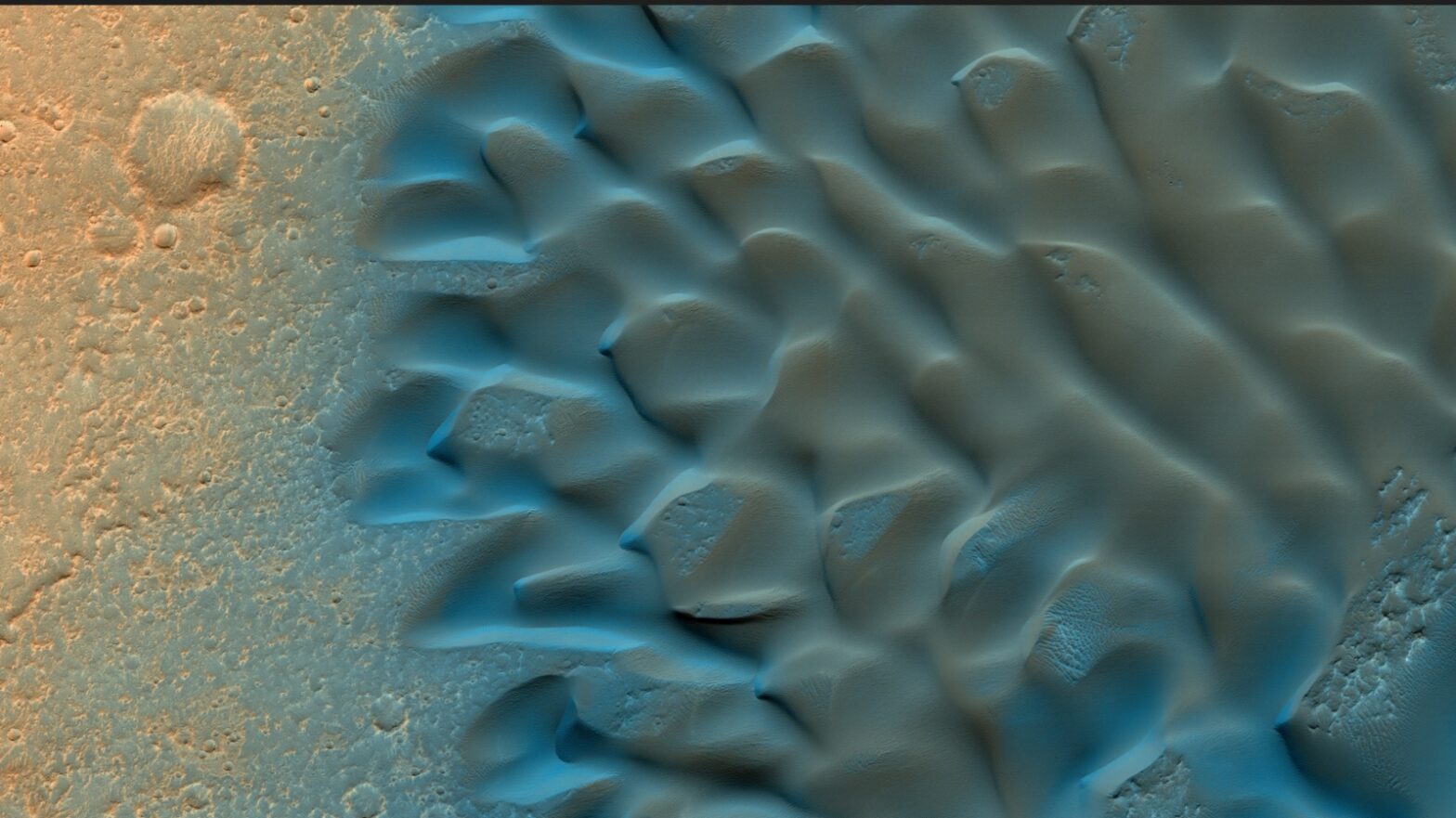[ad_1]
The works of two Israeli astrophotographers — computer engineer Leo Shatz and El Al pilot Kfir Simon — are included in “Reaching the Heavens,” an exhibition showcasing 32 award-winning photos and a selection of shortlisted photos from the 14th annual Astronomy Photographer of the Year contest sponsored by Royal Museums in Greenwich, England.
The display is simultaneously exhibited in London’s National Maritime Museum and, for the first time, at the National Maritime Museum in Haifa. It’s open through September 1.
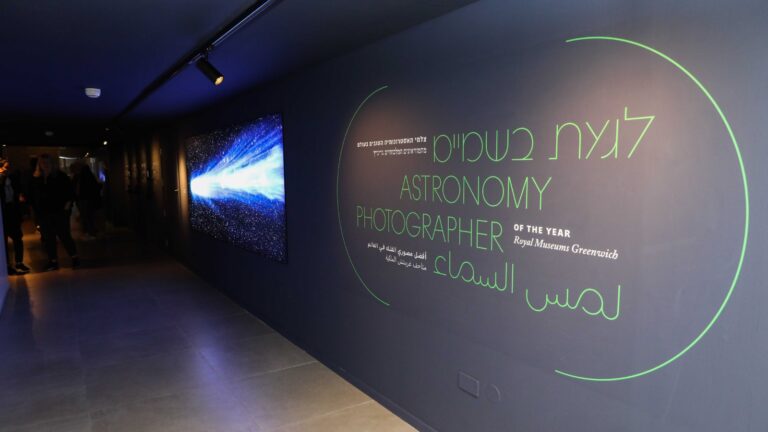
Paddy Rodgers, CEO of Royal Museums Greenwich, said the winners were chosen from about 30,000 entrants from some 65 countries.
“Captured using a range of equipment, from sophisticated cameras and telescopes to tablets and mobile phones, these photos reflect the skill, passion, creativity and enthusiasm of the global astrophotography community,” he said.
Shatz and Simon are astrophotography hobbyists, taking photos mostly in the Negev desert where there’s no light pollution.
Shatz said he hopes the exhibit serves as “a call to be curious and look up at the stars. It’s a wonderful hobby, with today’s technology making it possible to capture the night sky with relatively simple means.”
Out of this world
Shatz’s “Dunes of Cerberus Region on Mars” was shortlisted for the Annie Maunder Prize for Digital Innovation for the creative and inventive use of pre-existing astronomical data.
The Cerberus region at the southeastern edge of the huge Elysium Mons volcanic complex on Mars encompasses a range of geological terrains, Shatz explains, “from relatively young and smooth lava flows to the ancient, very rugged and eroded landscape.”
Shatz created his digital image in Photoshop using photos from the high-resolution imaging experiment (HiRISE) camera on NASA’s Mars Reconnaissance Orbiter. He notes that depending on the angle from which you look at the picture, the depressions can be seen as hills.
Shatz tells ISRAEL21c that he began taking astronomy photos about 10 years ago as a way of combining his computer engineering skills with his childhood interest in physics.
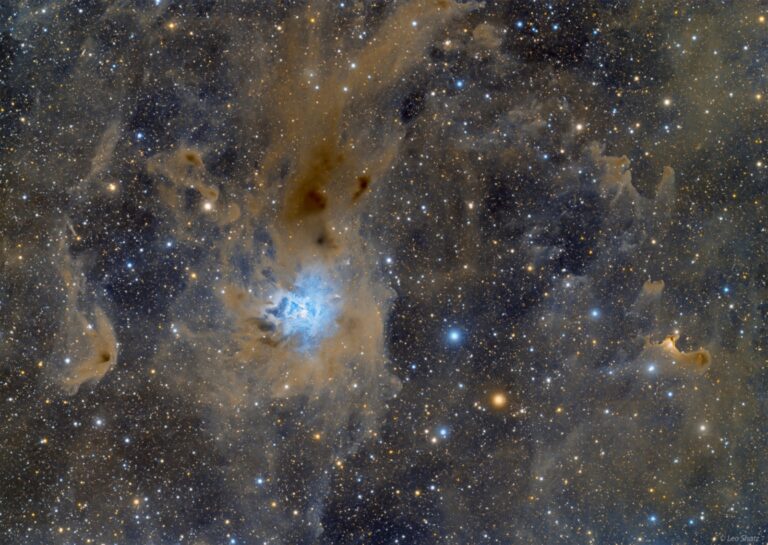
“Unlike taking everyday photos in a snap, obtaining good-quality astronomical image, such as galaxy or nebula, usually requires several nights of imaging, collecting as many photons as possible, since the light from distant objects is extremely faint,” he says.
“The collected set of light frames undergoes several steps of time-consuming processing in dedicated software. It’s hard work, similar to that of an artist, but the results are literally out of this world. These images tell us a story of a bigger picture in which our Earth is a tiny speckle in the cosmos.”
Some of the few dozen photos he has processed from his own and other sources have been published by NASA and its Astronomy Picture of the Day website.
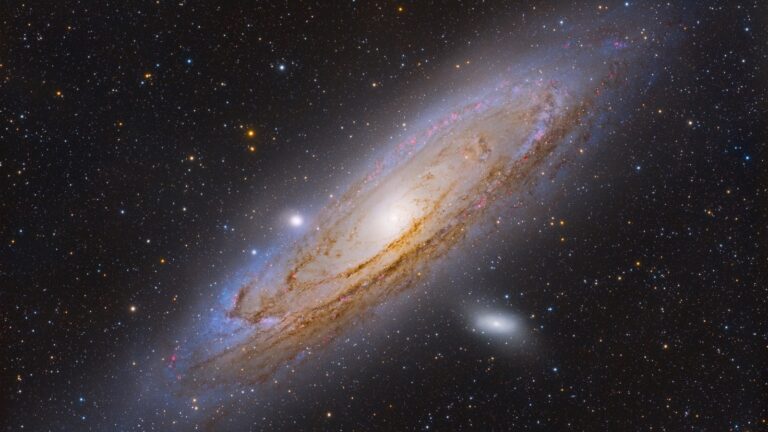
Click here to see a gallery of Shatz’s astrophotos.
Fiery clouds
Simon’s photo, titled “Dante’s Hell,” was entered in the Stars and Nabulae category of the competition.
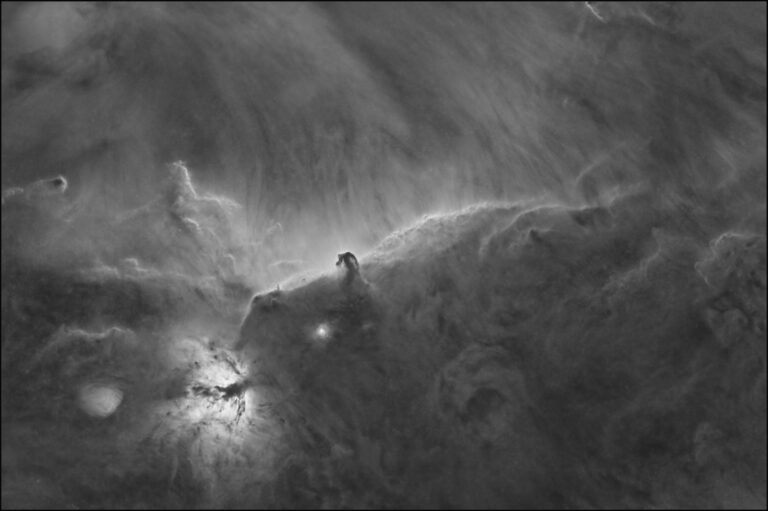
‘This dramatic starless image of the Horsehead Nebula region was imaged solely with a H-alpha filter to emphasize the hydrogen clouds in the area,” the professional pilot explained.
“Removing all the known stars from the image gives a sense of the real fiery, flame-like nature of these clouds, resembling Dante’s vision of Hell from his epic poem The Divine Comedy.”
Simon said he loved the night sky since he was a child.
“Those small sparkling dots captured my imagination about distant worlds and their alien inhabitants. When I was 12, I grinded my first telescope mirror to make the night sky come a little brighter.”
He now specializes in helping other astrophotographers enhance the faint details of their cosmic photos for a “wow” effect.
Maritime and astronomy
Yotam Yakir, CEO of Haifa Museums, said that the history of seafaring is integrally related to our understanding of the heavenly bodies.
“To this end, we added scientific instruments from the museum’s collection, which illustrate the development of maritime navigation. In the exhibition and throughout the museum, visitors will be able to view various exhibits illustrating the connection between astronomy and the development of maritime navigation.”
Haifa Museums purchased powerful projectors especially to project the rare cosmic images optimally, and has planned a variety of related educational activities and special events to complement the exhibition.
For more information, click here.
[ad_2]
